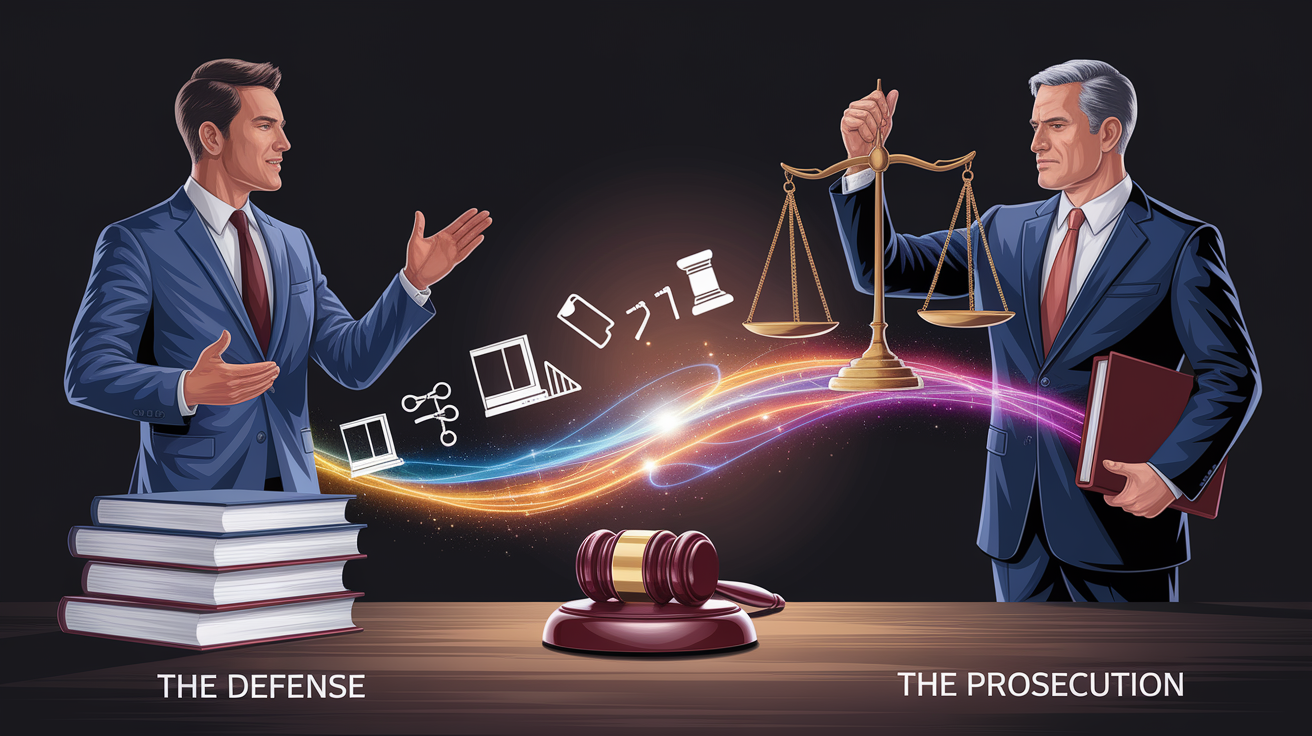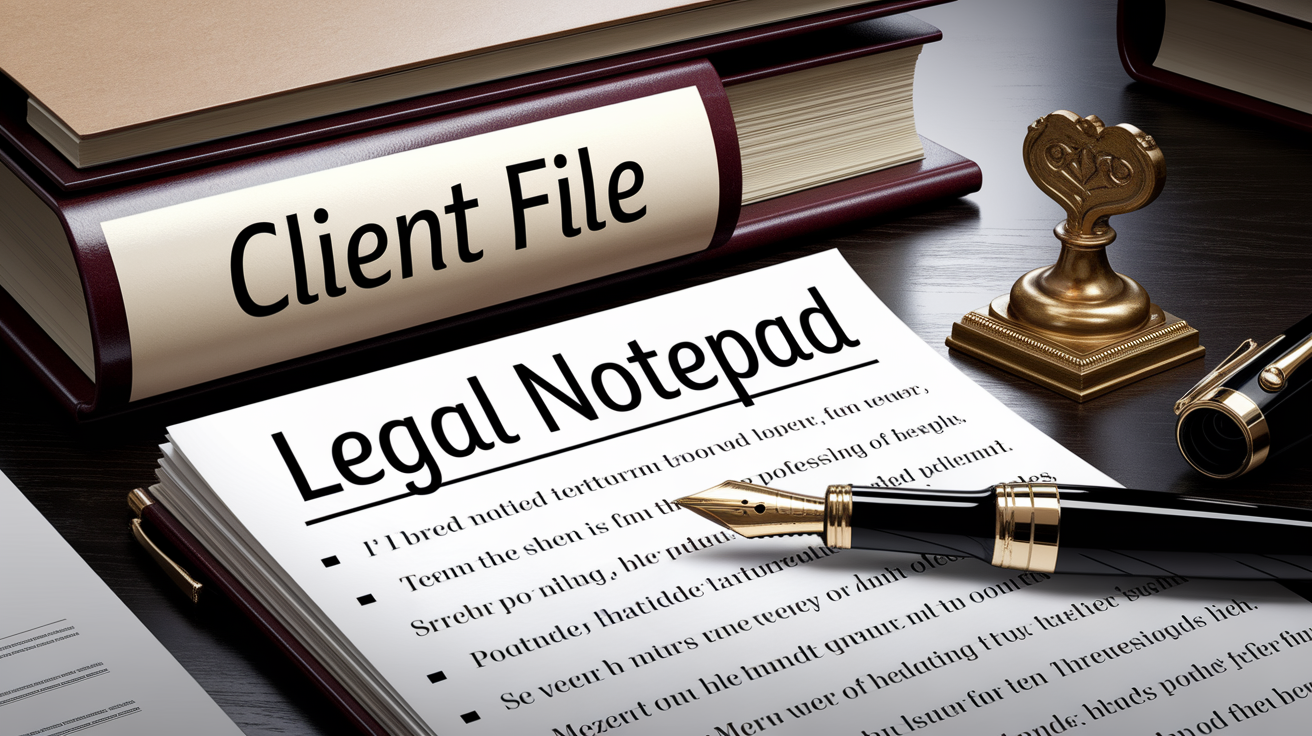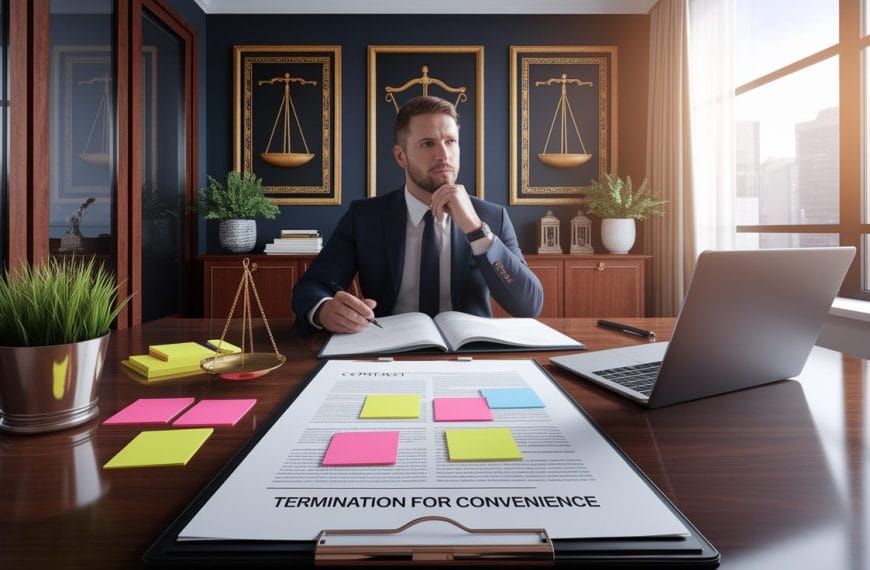Standing at the crossroads of criminal justice, you face a decision that could reshape your future. A plea bargain sits before you like a bridge over turbulent legal waters—offering passage to the other side, but requiring you to surrender the possibility of complete vindication at trial. Understanding this critical juncture isn’t just about legal strategy; it’s about making informed decisions that align with your circumstances and goals.
Nearly 95% of criminal convictions in the United States result from plea agreements rather than trials. This statistic reveals the fundamental role that plea bargaining plays in our criminal justice system, making it essential for anyone facing criminal charges to understand this process thoroughly.
Understanding Plea Bargains
What exactly is a plea bargain? Think of it as a negotiated settlement in the criminal law context—a legal arrangement where you agree to plead guilty or no contest to a charge in exchange for concessions from the prosecutor.

A plea deal serves multiple purposes within our legal system. It expedites case resolution, conserves judicial resources, and provides certainty for all parties involved. Rather than rolling the dice at trial, you gain predictable outcomes while prosecutors secure convictions without the uncertainty and expense of lengthy court proceedings.
Types of Plea Bargains Available
Plea bargains aren’t one-size-fits-all arrangements. They come in distinct forms, each offering different strategic advantages:
- Charge Bargaining: You plead guilty to a lesser offense. For example, if you’re charged with felony assault, you might negotiate to plead guilty to misdemeanor assault instead.
- Sentence Bargaining: You plead guilty to the original charge in exchange for a lighter sentence recommendation.
- Fact Bargaining: Parties agree on specific facts of the case to avoid more severe charges or enhance your position during sentencing.
Each type of plea agreement serves different strategic purposes. Your criminal defense attorney will help you determine which approach best serves your interests based on the evidence, charges, and your personal circumstances.
Weighing the Advantages and Disadvantages
Should you take a plea bargain? This question requires careful consideration of both benefits and risks.
Plea bargaining benefits include:
- Reduced sentences compared to potential trial outcomes
- Certainty and closure rather than trial uncertainty
- Lower legal costs and faster resolution
- Potential for charges reduced or dismissed
- Avoiding the stress and publicity of trial
However, plea bargaining disadvantages exist:
- You waive your right to trial and potential acquittal
- A criminal record results from the guilty plea
- Innocent defendants may feel pressured to plead guilty
- Limited ability to withdraw the plea once accepted
The controversial nature of plea bargaining stems from this tension between efficiency and the risk of coercing guilty pleas from defendants who might prevail at trial.
Preparing for a Plea Bargain Negotiation
Preparation forms the foundation of successful sentencing negotiation. Like a chess player studying the board before making a move, you must understand your position thoroughly before entering discussions with prosecutors.

Gathering Essential Information
Your criminal defense attorney will need comprehensive information to negotiate effectively:
- Evidence Analysis: Understanding the strength of the prosecution’s case helps determine your negotiating position
- Criminal History Review: Prior convictions affect both charges and potential sentences
- Mitigation Factors: Personal circumstances, community ties, and rehabilitation efforts can influence negotiations
- Victim Impact Considerations: Understanding how the case affects victims may influence prosecutor flexibility
How important is evidence in plea bargain negotiations? Evidence serves as the cornerstone of all negotiations. Weak evidence strengthens your position, while strong prosecution evidence may make accepting a reasonable plea offer more attractive than risking trial.
Understanding Your Legal Rights
Before entering negotiations, you must understand what you’re potentially giving up. When you accept a plea deal, you typically waive several fundamental rights:
- Right to trial by jury
- Right to confront witnesses
- Right against self-incrimination
- Right to require prosecution to prove guilt beyond reasonable doubt
Understanding these legal concepts ensures you make informed decisions about whether to proceed with negotiations or maintain your innocence at trial.
Setting Realistic Expectations
How long does the plea bargaining process typically take? The timeline varies significantly based on case complexity, court schedules, and negotiation dynamics. Simple cases might resolve within weeks, while complex matters could take months.
Your attorney will help establish realistic goals based on similar cases, local prosecutor practices, and judicial tendencies. Understanding the primary objectives of criminal law—deterrence, punishment, rehabilitation, and social order—provides context for what prosecutors and judges consider when evaluating plea proposals.
Effective Negotiation Strategies
Successful plea negotiations require strategic thinking and skillful advocacy. Your criminal defense attorney serves as your advocate, translator, and strategic advisor throughout this process.

Leveraging Your Strengths
Every case contains unique elements that can influence negotiations:
- Evidentiary Weaknesses: Challenges to evidence admissibility or reliability
- Witness Issues: Credibility problems or unavailable witnesses
- Constitutional Violations: Improper searches, interrogations, or arrests
- Mitigation Evidence: Factors supporting reduced culpability or sentences
How does a criminal defense attorney negotiate a plea bargain effectively? Experience attorneys understand that negotiation is both art and science. They present your case’s strengths while acknowledging weaknesses honestly, building credibility with prosecutors that facilitates productive discussions.
Timing Considerations
When should you engage in plea negotiations? Timing can significantly impact outcomes:
- Early Negotiations: May result in better offers before prosecutors invest heavily in case preparation
- Post-Discovery Negotiations: Allow evaluation of actual evidence strength
- Pre-Trial Negotiations: Often the final opportunity for optimal plea terms
Prosecutors may offer more favorable terms early in the process when they face uncertainty about evidence and witness availability. However, rushing into negotiations without adequate preparation can result in missed opportunities or unfavorable agreements.
Multi-Defendant Considerations
In cases involving multiple defendants, plea negotiations become more complex. Relationships between co-defendants can influence cooperation decisions and plea terms. Your attorney must navigate these dynamics while protecting your interests, particularly when cooperation agreements or testimony against co-defendants becomes part of the negotiation.
Documenting and Finalizing the Agreement
Once you reach a tentative agreement, the process shifts from negotiation to documentation. Every detail matters because plea agreements become legally binding contracts that govern your case resolution.
Essential Components of Plea Agreements
A comprehensive plea deal should address several critical elements:
- Specific Charges: Exactly which charges you’re pleading to and which are being dismissed
- Sentencing Recommendations: What the prosecutor will recommend and what they won’t oppose
- Factual Basis: The facts you’re admitting to support the guilty plea
- Cooperation Requirements: Any obligations to testify, provide information, or assist in other cases
- Appeal Waivers: Limitations on your right to appeal the conviction or sentence
Is a plea bargain legally binding? Yes, once accepted by the court, plea agreements create enforceable legal obligations for all parties. This binding nature makes careful review essential before signing.
Court Approval Process
The judiciary retains final authority to approve or reject plea agreements. Judges ensure that:
- You understand the charges and consequences
- Your plea is voluntary and informed
- A factual basis supports the guilty plea
- The agreement serves justice and public interest
Can a plea bargain be revoked? Before court acceptance, either party may withdraw from negotiations. After judicial approval, withdrawal becomes much more difficult and typically requires showing that the agreement was based on mistake, fraud, or other exceptional circumstances.
Plea Withdrawal Considerations
Can a plea bargain be withdrawn after accepting it? Limited circumstances allow plea withdrawal:
- Before sentencing, if you can show fair and just reasons
- After sentencing, only if the plea was involuntary or uninformed
- If the prosecutor breaches the agreement terms
Understanding these limitations reinforces the importance of careful consideration before accepting any plea offer.
Post-Agreement Benefits and Next Steps
What happens after a plea bargain is accepted? The agreement’s execution marks the beginning of a new phase, not the end of your legal journey.
Immediate Consequences and Benefits
Accepting a plea deal triggers several immediate effects:
- Sentencing Schedule: Court will schedule sentencing, typically within 30-90 days
- Pre-Sentence Investigation: Probation officers may conduct background investigations
- Preparation for Sentencing: Your attorney helps prepare mitigation evidence
- Compliance Obligations: You must meet any pre-sentencing requirements
What kind of sentence reduction can you expect from a plea bargain? Reductions vary widely based on original charges, agreement terms, and individual circumstances. Some defendants see charges reduced from felonies to misdemeanors, while others receive recommendations for probation rather than incarceration.
Long-Term Impact on Your Criminal Record
Understanding the impact of a plea bargain on your criminal record helps you plan for the future:
- Employment Implications: Background checks will reveal the conviction
- Professional Licensing: Some professions restrict licensing for convicted individuals
- Housing Applications: Landlords may consider criminal history
- Educational Opportunities: Some programs consider criminal records in admissions
However, plea agreements often result in less severe consequences than potential trial outcomes, making them valuable tools for minimizing long-term impact.
Planning Your Path Forward
What happens if you reject a plea bargain offer? Rejecting a plea typically means proceeding to trial, where conviction could result in harsher penalties than those offered in the plea agreement. If convicted at trial, you retain the right to appeal, though understanding the appeals process reveals the challenges and limitations of post-conviction relief.
Should you take a plea bargain if you are innocent? This difficult question has no universal answer. Innocent defendants face the agonizing choice between accepting responsibility for crimes they didn’t commit or risking significantly harsher penalties if convicted at trial. Your attorney can help evaluate the strength of the prosecution’s case and the risks of proceeding to trial.
Federal vs. State Plea Bargain Differences
The federal plea bargain process differs from state proceedings in several important ways:
- Sentencing Guidelines: Federal cases involve more rigid guideline calculations
- Cooperation Agreements: Federal prosecutors more frequently offer substantial assistance departures
- Appeal Waivers: Federal agreements often include broader appeal restrictions
- Judicial Oversight: Federal judges may take more active roles in plea colloquies
These differences highlight the importance of working with attorneys experienced in the relevant jurisdiction and court system.
Mastering plea bargains requires understanding that they represent strategic decisions rather than admissions of defeat. When approached thoughtfully with skilled legal counsel, plea agreements can provide pathways to favorable resolutions that minimize consequences while providing certainty in uncertain times. The key lies in thorough preparation, realistic assessment of your situation, and careful evaluation of all options before making this crucial decision.
Remember that each case is unique, and what works for one defendant may not suit another. Trust your criminal defense attorney’s experience and advice, but ensure you understand every aspect of any agreement before moving forward. Your future depends on making informed decisions based on complete information and sound legal strategy.















